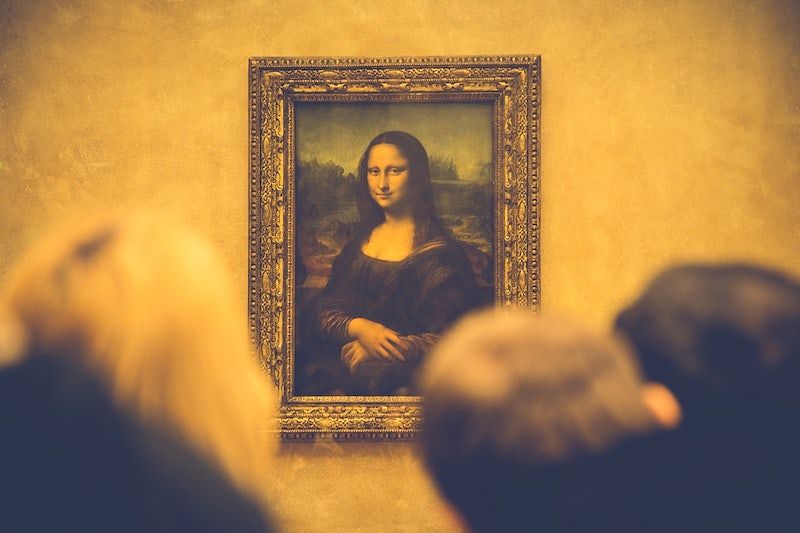How Bernard Berenson Made Art a Hands-On Experience
Bernard Berenson, the maverick art historian, didn't just see art; he felt it with his hands. He believed in a world where paintings weren't just visuals but tactile gateways to an intoxicating realm of sensations.

In the world of art, there are those who simply appreciate the beauty of a painting, and then there are those who dissect it, exploring the depths of its history, meaning, and emotion. Bernard Berenson, a name that might not ring a bell for many today, was the latter—a man who not only understood art but lived and breathed it, forever changing the way we perceive the masterpieces of the Italian Renaissance.
Imagine a world where the Mona Lisa was not celebrated as a masterpiece, where the name “Renaissance” didn't evoke the flourishing of art, culture, and intellect. It's challenging to envision such a reality, yet it might have been our world had it not been for a group of historians in the late 19th century who embarked on a mission to invent the Italian Renaissance.




